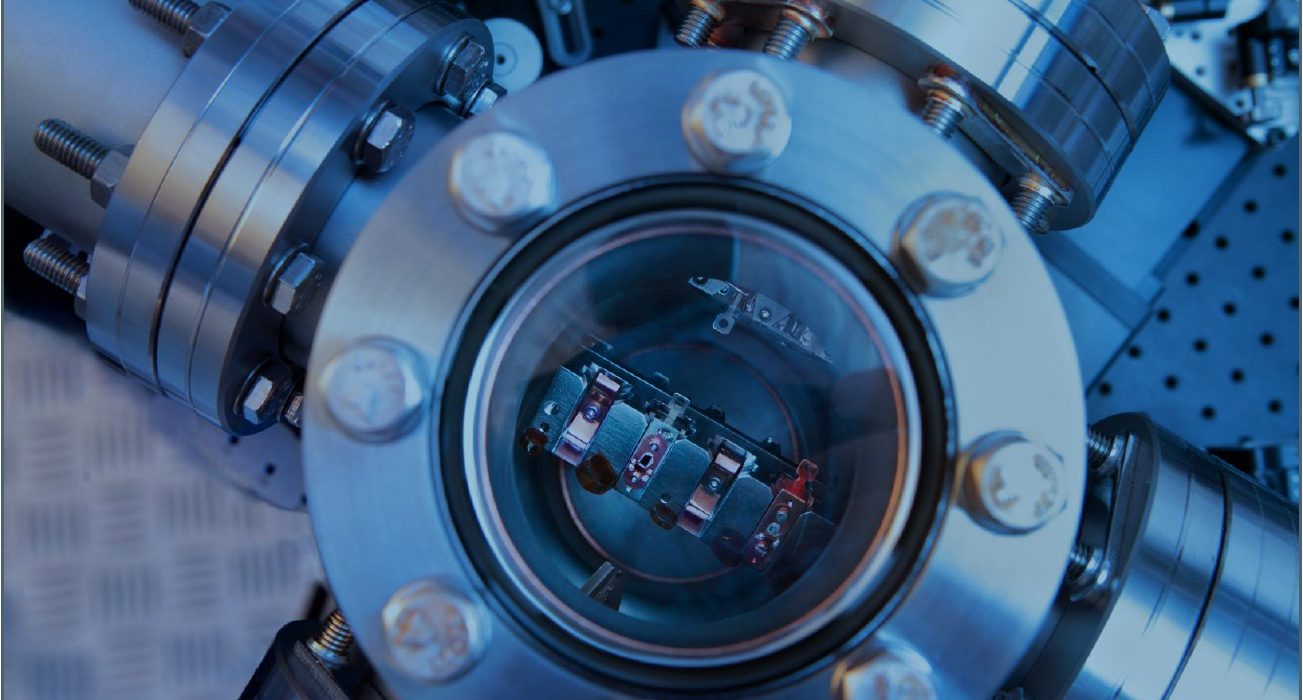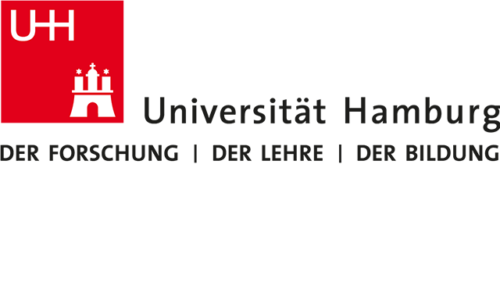
CUI


CUI: Advanced Imaging of Matter
“More is different”. This famous statement by Nobel laureate P. W. Anderson directly leads to one of the greatest and most exciting challenges of contemporary science: to understand how collective behavior and functionality emerge from the interaction of many interacting building blocks. The cluster’s central objective is to understand emergent phenomena of matter and – going one step further – to dynamically create new functionalities.
The project relies on different approaches: One of the visions is to stabilize transient room-temperature superconductors using light. An equally far-reaching vision is to study the strongly correlated motions of electrons and nuclei and to control their “dance” underlying the miracle of chemistry. Further, can we image proteins in action during their work within the machinery of life and ultimately steer their function by light?
Functionalities in non-equilibrium
What unifies all these examples is the non-equilibrium nature of the emergence of key phenomena: Nature is not static! Non-equilibrium emergence – its understanding and control – is the overarching theme of the cluster. Central to its success is the imaging of the dynamics of complex physical and chemical systems in real time, on the atomic scale.
We will explore the dynamics of complex systems, bridging concepts and methodologies for the study of ‘small’ well controlled quantum systems to ever greater length scales and complexity, from large molecules to solid state systems and nano systems. The key enabling features are both the critical mass of excellent scientists in Hamburg in the fields of photon and nanoscience, and our new methodological capabilities, developed during the last decade, to scrutinize matter at the scales of angstroms and femtoseconds.
Promotion of young scientists
All members of the cluster are committed to the promotion of young scientists, gender equality and improved compatibility of scientific work and family as a central guiding theme. We will strategically invest more than 80 % of the funding to employ and to train our PhD students, postdocs and early career scientists to become the next generation of multidisciplinary scientists in our newly created field of research. They will operate in Hamburg’s unique scientific environment with access to its exceptional infrastructure, including an unparalleled suite of light sources and instruments to manipulate and image matter on the atomic scale.
Close collaboration of partners
They will be supported by a tightly coordinated team of senior scientists from Universität Hamburg, the Helmholtz Centre DESY, the Max Planck Society and the European XFEL GmbH, working in close collaboration. All in all, Hamburg will be in an excellent position for exploring the small and fast in order to understand and control the large and complex.
The cluster is funded by the German Research Foundation (DFG) within the Excellence Strategy of the Federal and State Governments.
Involved Institutions:
- Deutsches Elektronen-Synchrotron (DESY)
- European X-Ray Free-Electron Laser Facility (XFEL)
- Max-Planck-Institut für Struktur und Dynamik der Materie (MPSD)


